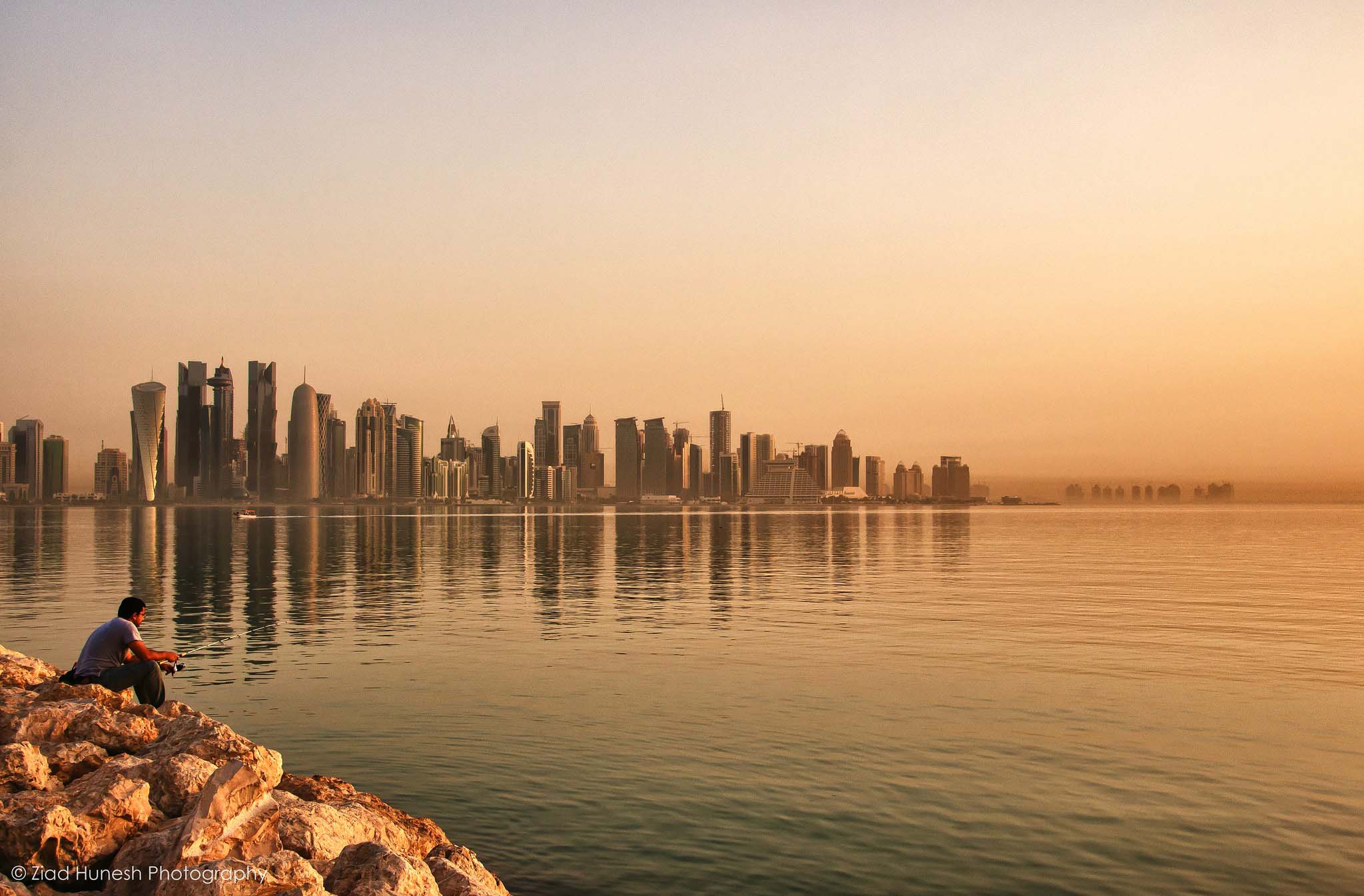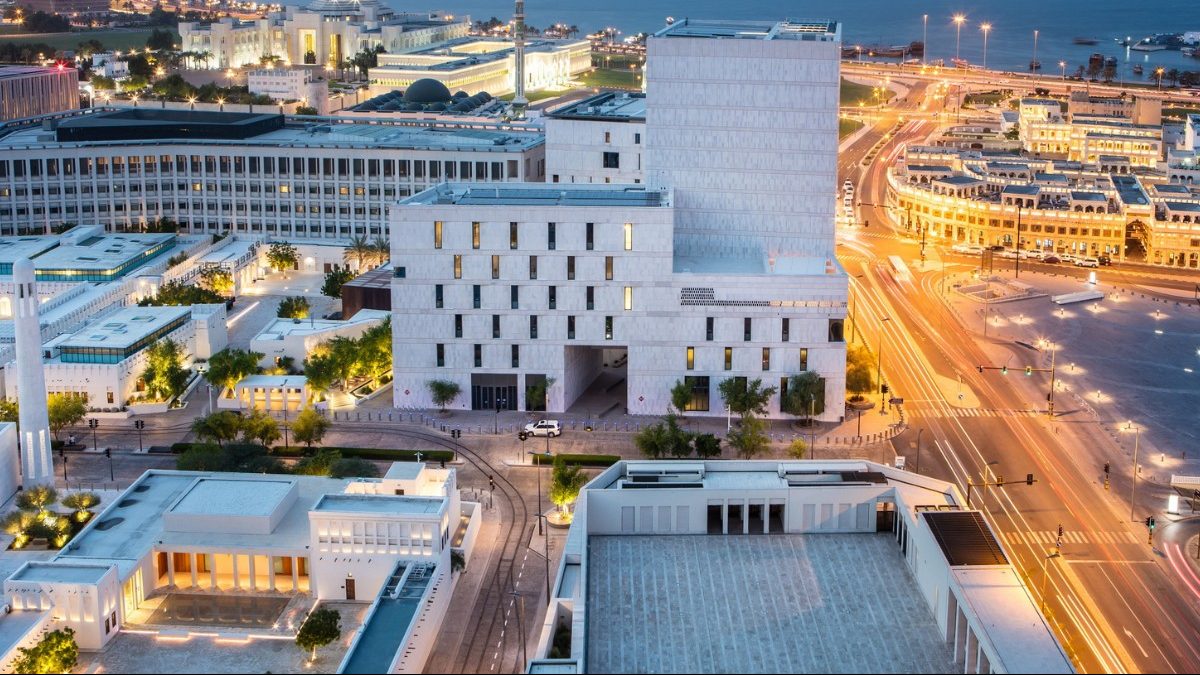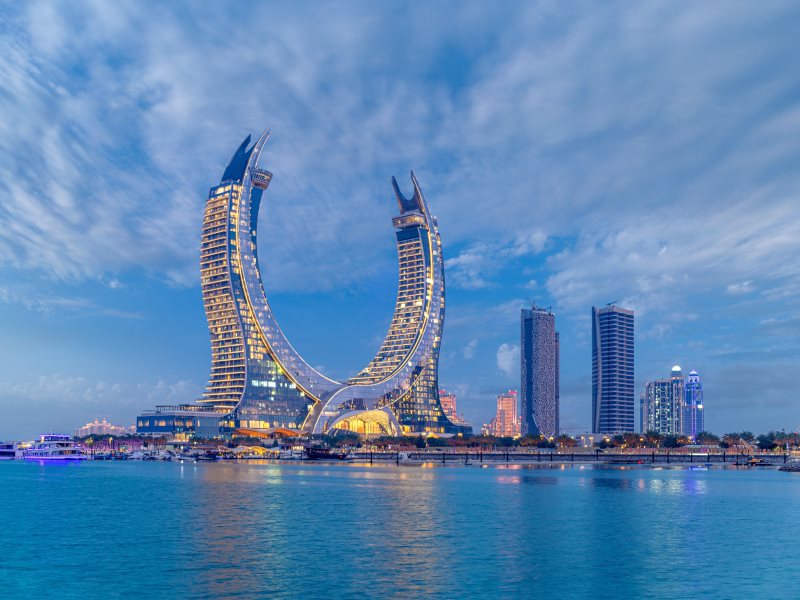
More than 50 years ago, Doha was not so different than it is today in many ways, according to a video report that includes archived footage from 1958 depicting life in Qatar’s capital.
The six-minute black and white video, which aired on Al Rayyan TV in 2013 but has been making the rounds online recently, also sheds light on how much the country has developed in the past half-century.
The report briefly covers several issues relevant to 1958 Qatar that are also relevant today, including the water supply, healthcare costs, education and construction projects.
The footage showed Qataris roaming the city in the same traditional clothes they wear today, with some driving Cadillacs and other luxury cars of that era, while others rode on motorcycles.
According to the commentary and photos in the report, Qatar 50 years ago depended a great deal on foreign workers and employees to help develop the country, which was filled with construction sites at the time.
“(Doha) brought all those with the ability and skill from around the world to work in it,” the report states.
Today, expats account for around 90 percent of Qatar’s working population, despite nationalization targets that require a fifth of these jobs to be filled by Qataris, according to a 2014 study.
Natural resources

By 1958, Qatar had already discovered and begun capitalizing on its oil reserves.
The resource helped the country replace pearling and fishing as its main source of revenue and was used to “fund the expansion and modernization of Qatar’s infrastructure,” according to the BBC.
”But oil won’t last forever and the future of Qatar depends on its citizens’ efforts and their hard work,” the Al Rayyan report states.
But even 50 years ago, Qatar officials seemed aware that oil wealth (the nation’s natural gas reserves were not mentioned) could not sustain the economy forever.
Water
Though much hasn’t changed since 57 years ago, Qatar has developed rapidly in the past half century. According to the report, residents here used to depend on wells to supply the rising demand for drinking water.
To meet demand, Qatar imported steel to build tanks that could pump water from wells located far away, in addition to drilling rigs to dig more wells, according to the report.

Today, Qatar mainly depends on desalination plants to produce water for its rapidly growing population, due to negligible surface and groundwater supplies.
At the moment, the country is believed to only have a 48-hour supply of the resource, meaning a production interruption could quickly cause hardships for the country’s residents and businesses.
To guard against potential problems, authorities this year commissioned the construction of a US$3.15 billion (QR11.47 billion) electricity and desalination plant in the southern part of the country.
Doha Port
The video also features the old Doha Port, saying it was a meeting point for ships and boats across the Gulf.
The very big ships used to stop at Umm Saeed area to unload cargo, which was then transported using smaller boats to the capital, according to the report.
The boats carried food and supplies from GCC countries, wood for making furniture and cement from Japan and Great Britain for use in building new roads and making the cement molds used in many other construction projects.

Now, a new port located south of Doha near Al Wakrah, is under construction. Officials have said the goal is to complete it some 10 years ahead of schedule, with the first phase of the project expected to go online by 2016.
The new 26sq km port will also house a new base for the Emiri Naval Forces and “Qatar Economic Zone 3,” a new industrial area integrated with residential units.
When completed, Hamad Port is expected to help battle high prices for materials, driven in part by restrictions on the volume the country’s current port facilities can handle.
Healthcare
In terms of medical services, the Qatari government used to provide free healthcare to all of its residents, using the best equipment and professional staff of doctors and surgeons from the ”GCC countries, Britain, India and Pakistan and other (countries),” according to the report.

Today, the government continues to heavily subsidize healthcare at its public hospitals.
However, in 2013, the Emir at the time, Sheikh Hamad bin Khalifa Al Thani, approved a approved legislation to mandate health insurance coverage for all residents of Qatar.
Under this law, the government would continue to pay for citizens’ medical expenses.
However, employers would be required to pay the insurance premiums of expat employees and their families, shifting the onus of coverage from the government to the private sector.
The new scheme, called Social Heath Insurance (SHI), is expected to be fully implemented by next year.
Thoughts?







